Filter by

Demographic analysis of Latin American immigrants in Spain : from boom to bust
This book provides a unique, timely and comprehensive insight into Latin American immigrants in Spain. Each chapter uses a demographic framework to examining important topics related to the experiences of Latin American immigrants in Spain, like their rapid acquisition of nationality, their contrasting patterns of migration and settlement compared to other immigrant groups, their labour market …
- Edition
- -
- ISBN/ISSN
- 9783319123615
- Collation
- xxv, 215 pages
- Series Title
- -
- Call Number
- 304.82

Identity and Migration in Europe: Multidisciplinary Perspectives
This book addresses the impact of migration on the formation and transformation of identity and its continuous negotiations. Its ground is the understanding of identity as a complex social phenomenon resulting from constant negotiations between personal conditions, social relationships, and institutional frameworks. Migrations, understood as dynamic processes that do not end when landing in the…
- Edition
- -
- ISBN/ISSN
- 978-3-319-10126-2
- Collation
- XIII, 270
- Series Title
- -
- Call Number
- 307.2 IDE

Integrating Immigrants in Europe Research-Policy Dialogues
This open access book explores how research and policymaking in the field of migrant integration have developed historically and how this interrelationship plays out in the strongly politicised climate of opinions on migration in Europe. It features interdisciplinary theoretical contributions as well as original empirical studies on research-policy dialogues at both the EU and country level. …
- Edition
- -
- ISBN/ISSN
- 978-3-319-16256-0
- Collation
- -
- Series Title
- -
- Call Number
- -
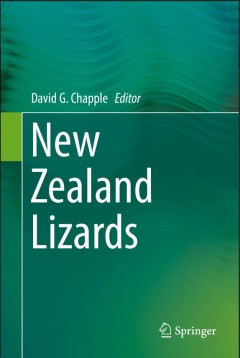
New Zealand Lizards
This edited volume is a timely and comprehensive summary of the New Zealand lizard fauna. Nestled in the south-west Pacific, New Zealand is a large archipelago that displays the faunal signatures of both its Gondwanan origins, and more recent oceanic island influences. New Zealand was one of the last countries on Earth to be discovered, and likewise, the full extent of the faunal diversity pres…
- Edition
- 1
- ISBN/ISSN
- 978-3-319-41672-4
- Collation
- XVI, 375
- Series Title
- -
- Call Number
- -
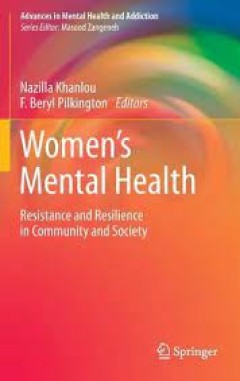
Women's Mental Health Resistance and Resilience in Community and Society
This book focuses on the social and societal context of women's mental health. Drawing from multidisciplinary perspectives and scholarship, it pays particular attention to how women's mental health is experienced at the personal level, yet it is influenced by their relationships and interacts with the larger societal context (such as prevailing gender equality policies, income distribution, rol…
- Edition
- -
- ISBN/ISSN
- 978-3-319-17326-9
- Collation
- -
- Series Title
- -
- Call Number
- -
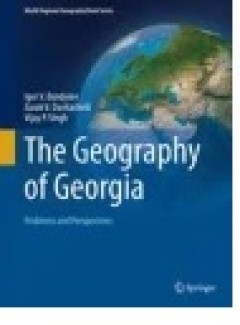
The Geography of Georgia
The book is divided into four sections; historical and political geography, geological processes, ecological processes and developmental geography. In the historical and political geography section the authors present a detailed discussion on ancient history, historical and political geography, ethnic groups and religions, demographics and socio-cultural geography. The geological processes …
- Edition
- -
- ISBN/ISSN
- 978-3-319-05413-1
- Collation
- XVIII, 228
- Series Title
- World Regional Geography Book Series
- Call Number
- -
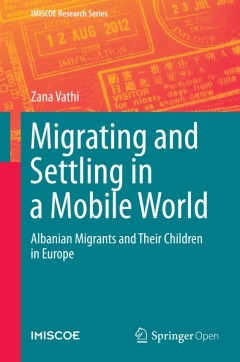
Migrating and Settling in a Mobile World
This open access book draws on award-winning cross-generational research comparing the complex and life-changing processes of settlement among Albanian migrants and their adolescent children in three European cities: London (UK), Thessaloniki (Greece), and Florence (Italy). Building on key concepts from the social sciences and migration studies, such as identity, integration and transnationalis…
- Edition
- 1
- ISBN/ISSN
- 978-3-319-13023-1
- Collation
- XI, 216
- Series Title
- IMISCOE Research Series
- Call Number
- -

Vertebrates and Invertebrates of European Cities:Selected Non-Avian Fauna
Vertebrates and Invertebrates of European Cities: Selected Non-Avian Fauna is the first known account of the vertebrate and invertebrate fauna of several cities in Europe and throughout the rest of the world. It excludes birds, which are described in a companion volume. The book contains eleven chapters about nine cities distributed throughout Europe. The chapters start with the history of the …
- Edition
- -
- ISBN/ISSN
- 978-1-4939-1698-6
- Collation
- XX, 700
- Series Title
- -
- Call Number
- -
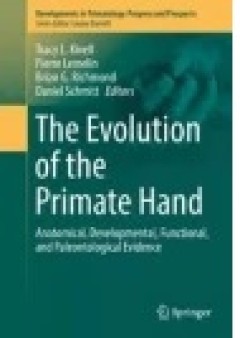
The Evolution of the Primate Hand
This book demonstrates how the primate hand combines both primitive and novel morphology, both general function with specialization, and both a remarkable degree of diversity within some clades and yet general similarity across many others. Across the chapters, different authors have addressed a variety of specific questions and provided their perspectives, but all explore the main themes descr…
- Edition
- -
- ISBN/ISSN
- 978-1-4939-3646-5
- Collation
- XI, 589
- Series Title
- Developments in Primatology: Progress and Prospects
- Call Number
- -
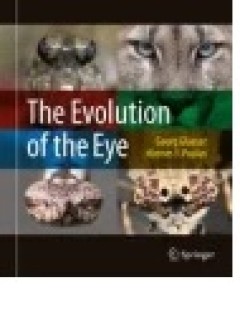
The Evolution of the Eye
With fascinating, spectacularly beautiful images, the book piques readers’ curiosity about the diversity of visual organs. This book is the result of a dual approach – scientific as well as aesthetic. The compelling images are accompanied by an easy-to-read, understandable text, aimed at both scientists and the educated public, and generally anyone interested in the beauty of nature. Thanks…
- Edition
- -
- ISBN/ISSN
- 978-3-319-17476-1
- Collation
- XVI, 214
- Series Title
- -
- Call Number
- -
 Computer Science, Information & General Works
Computer Science, Information & General Works  Philosophy & Psychology
Philosophy & Psychology  Religion
Religion  Social Sciences
Social Sciences  Language
Language  Pure Science
Pure Science  Applied Sciences
Applied Sciences  Art & Recreation
Art & Recreation  Literature
Literature  History & Geography
History & Geography